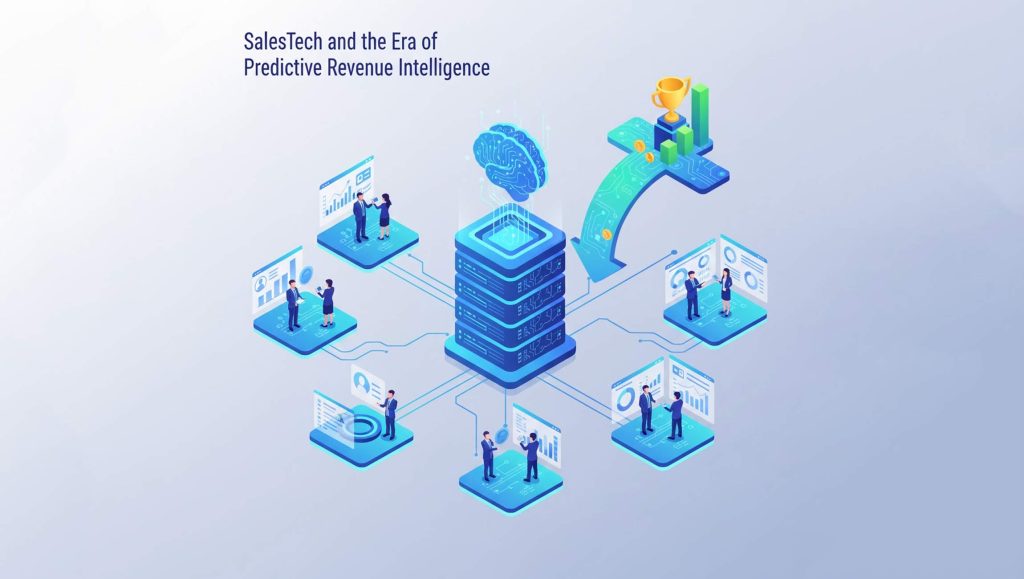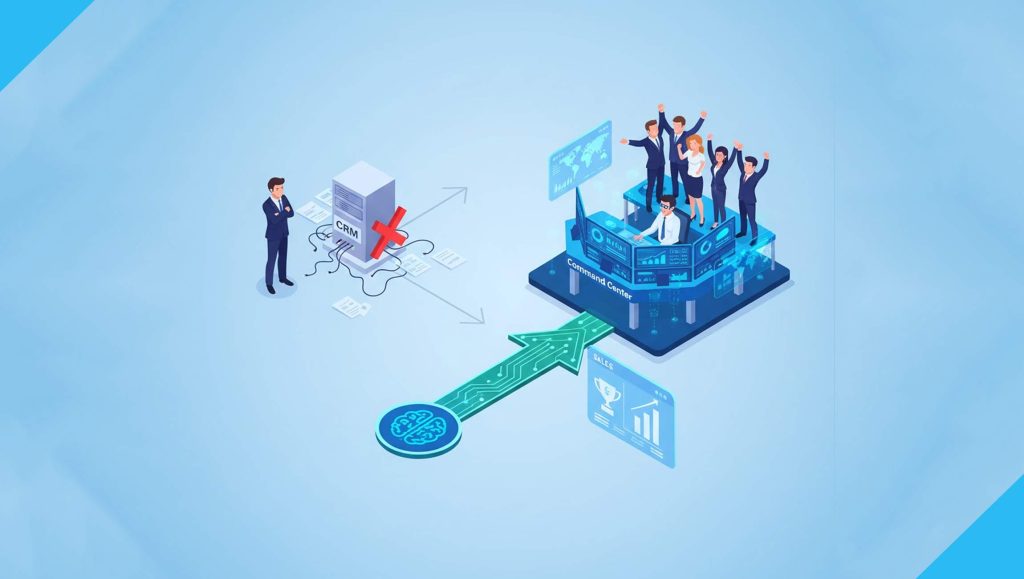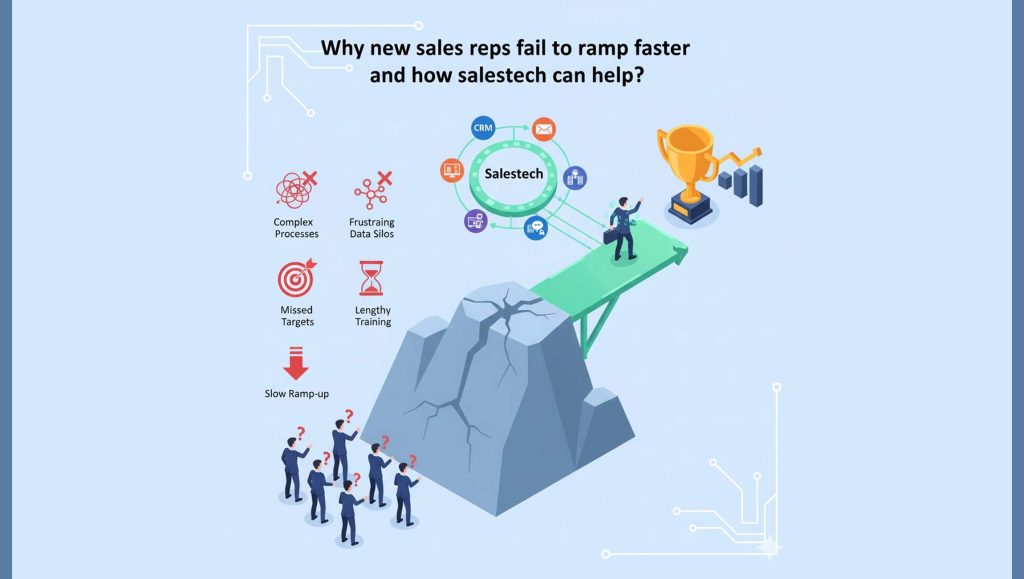Shopping culture has experienced a major shift in recent years with the death of the high street inching closer and now, COVID-19 lockdown restrictions having posed a whole new set of challenges(Ecommerce). As the transformation develops, physical stores will no doubt continue to face difficulty but, there only appears to be greater opportunity for digital businesses.
Read More: 5 Sales And Marketing Lessons From Some Of The World’s Best Tech Companies
Naturally, more and more companies are accelerating their digital offering, so much so that over 85,000 business have launched an online store or joined an online marketplace in the last four months.
So as consumer shopping habits digitalise and ecommerce channels become increasingly competitive, Nate Burke, CEO and founder of Diginius, a UK provider of proprietary software for digital marketing and ecommerce solutions, offers advice on how online businesses can maximise sales during times of downtime.
-
Strategize your digital marketing activity
No matter what platform you’re using for shopping ads, whether it’s Google, Microsoft, Facebook or anything else, your management approach needs to be strategy-led in order to achieve the highest return. Strategies could include dividing products into categories and applying different campaign tactics to each. This will allow you to measure performance at a product level basis to deliver significantly better returns than marketing all products with the same metrics.
-
Make the most of email marketing
Marketing to existing customers can prove to be much more valuable than attracting new business. Ultimately, acquiring a new customer can cost five times more than retaining an existing one and increasing retention by just 5% can in turn, increase profits by 25-95%.
For this reason, regular email marketing campaigns can be incredibly effective in reengaging customers and encouraging repeat purchases. However, for the highest returns, customer data must be segmented and groups targeted with relevant content, rather than simply sending generic marketing messages to all.
-
Manage growth effectively
With marketplaces accounting for over 50% of all ecommerce sales globally, which equates to $2 trillion in sales, there is clear scope for businesses looking to expand beyond the UK. However, a combination of marketplaces and direct website sales should be trialled to discover the most efficient growth strategy.
Sourcing the right technology to manage marketplaces is essential, as it is rarely efficient for internal development teams to manage all connections.
-
Utilise the right platform
Is your ecommerce platform a sales enabler or a hindrance to growth? Over time, some ecommerce platforms can become complex to maintain and consequently, sales and marketing initiatives are shut down by the development team, as changes are complicated and have side effects that make growth very slow and difficult.
Therefore, you should ensure you are using a web platform that is aligned to your business objectives, whether that is a small number of products in a local market, or a robust product mix in multiple countries, currencies and languages with delivery options and checkout processes relevant for the local customers.
-
Integrate and automate
Tight integration of your web platform and ERP (finance and stock system) can create cost efficiency in the ordering process and even a paperless office. Ultimately, with integrated and automated processes, data can be collected easily and used to inform better targeted advertising activity at the right times and more accurate demand forecasts.
-
Consider payment options
The payment industry is being revolutionised by different payment types in different countries. Some countries rely on debit and credit cards, while others prefer bank transfer or payment on delivery. Services like Klarna allow payment over time for consumers, and services are available to split payments by different people for the same order. Offering the payment mechanisms that customers want increases trust, conversion rates, and decreases marketing spend as friction is removed from the order process.
-
Streamline delivery & returns processes
For this, you could offer home delivery as well as convenient pick up points for easy returns. The reason this is important is because customers can now easily share experiences on social media or through review platforms and these personal accounts can in turn, encourage, or discourage, fellow shoppers to order from your store.
-
Measure and monitor
The vast amount of information in ecommerce and the speed at which it moves makes keeping in control of your market essential. Dashboards and automated reporting of key metrics and performance indicators can make the difference between a mediocre enterprise and a high-growth and profitable ecommerce business.
The future of ecommerce is bright but for businesses to truly benefit from the opportunities on offer, knowing exactly what should be prioritised is vital. These eight areas provide points to consider as you begin your digital transformation.
Read More: The Benefits And Importance Of Audience Segmentation To Boost Personalization




















